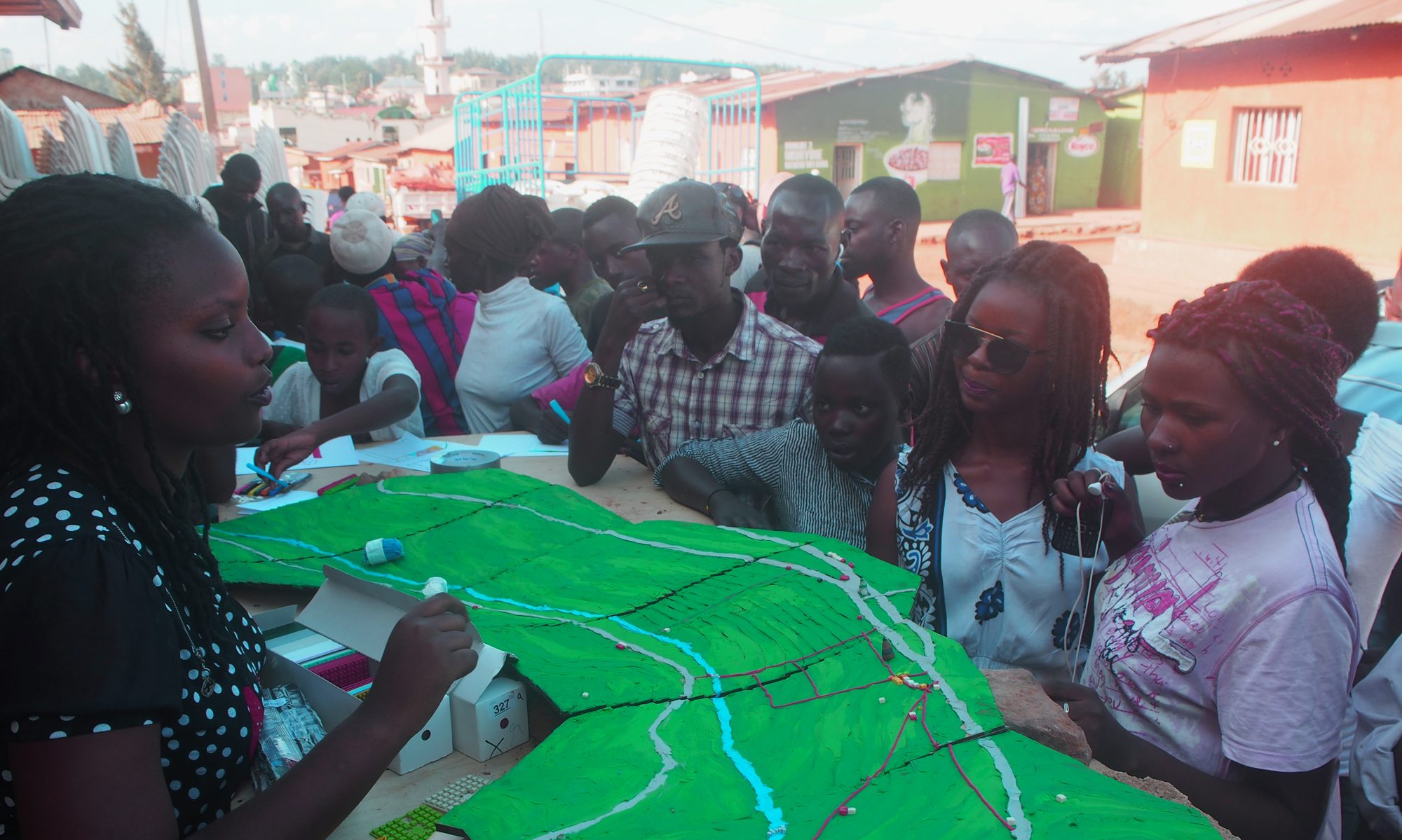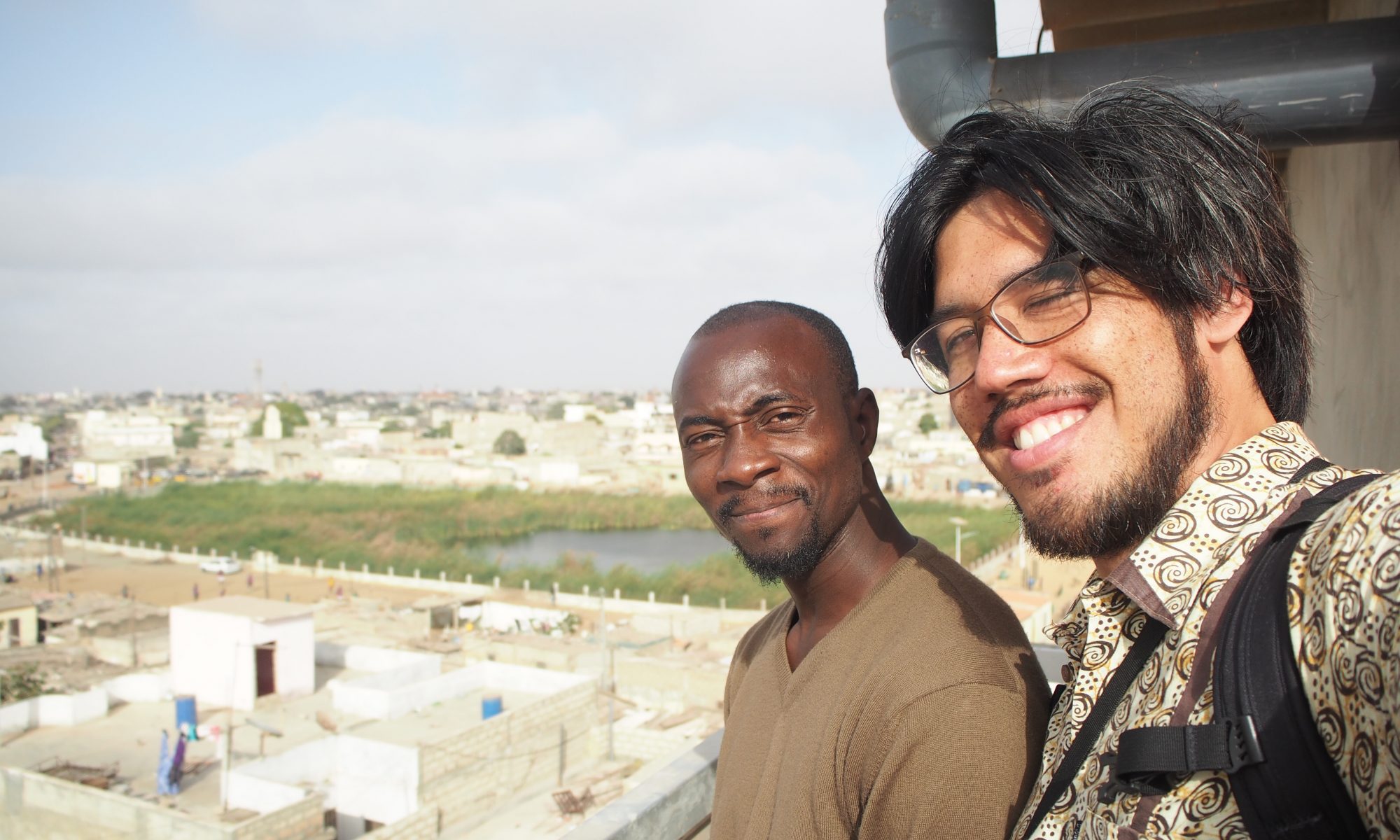After the turbulent time since our last visit and application for funds, finally came the change to meet the old partners and explore what happened and how we should move forward. We made a tour through Dakar with Pap Marie and discussed the possibilities. He as ideas for a slightly smaller, but still impactful project.
Flash floods in Dakar
Our local contact in Djida Thiaroy Kaw, Pap Marie, is helping his community to evacuate from their homes that suffered from the recent flash floods. As the whole neighborhood is situated in the lowlands at the outskirts of Dakar, the climate reslience against (heavy) rainfall is low. Although the government has been working on improving the infrastructure, floods are recurring on a yearly basis. Local inhabitants are sheltered in the community school, that sits on higher ground.
Application for funds from Nuffic
After the research done by Chloe Charreton and the visit by Kria to Djida Thiaroye Kaw in Dakar past year, Slumfighters tried to apply for funds for a Tailor Made Training by Nuffic. Because Slumfighters just attained the ANBI status and was still starting up, a partnership with another Dutch NGO was forged.
Unfortunately the application was not accepted, as the other NGO had solvability issues that were unknown before.
Exploring one of many bidonvilles in Dakar
Thanks to the research and contacts of Chloe Charreton, Kria was introduced to Papa Diakhate. Born in St Louis in the north, he and his parents moved to the big city of Dakar, like so many in the neighborhood.
Especially during the drought of the 1980s rural immigrants sought refuge in the city. And they found open areas they could build their houses. They did not know this used to be the bottoms of a series of lakes in the dunes of Dakar. The location is reasonably close to the city and all the employment opportunities, so more people kept coming in.
But when the rain and the water returned, the neighborhood simply floods. And this happens basically every year. Papa Diakhate mobilized the neighborhood to safe what they can and reinforce houses. And if all fails people are evacuated to the local school.
Is there a way to sustainably and structurally improve the situation?





